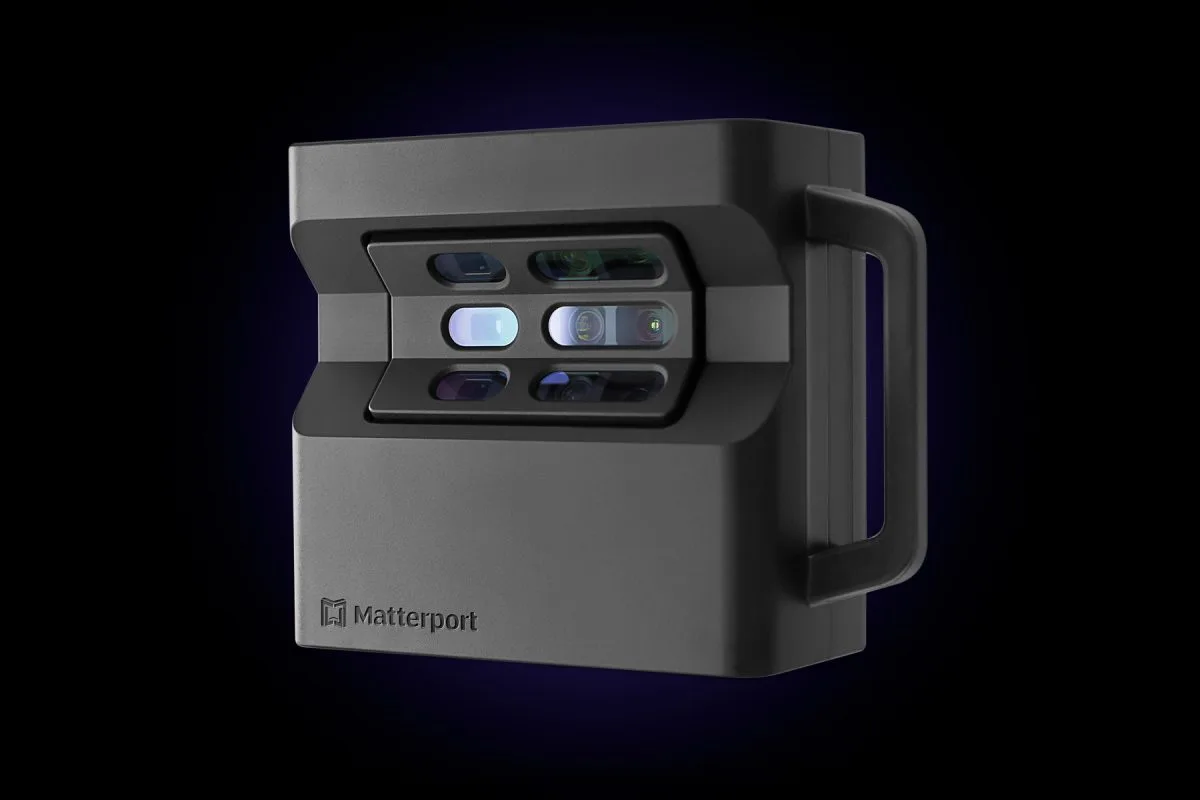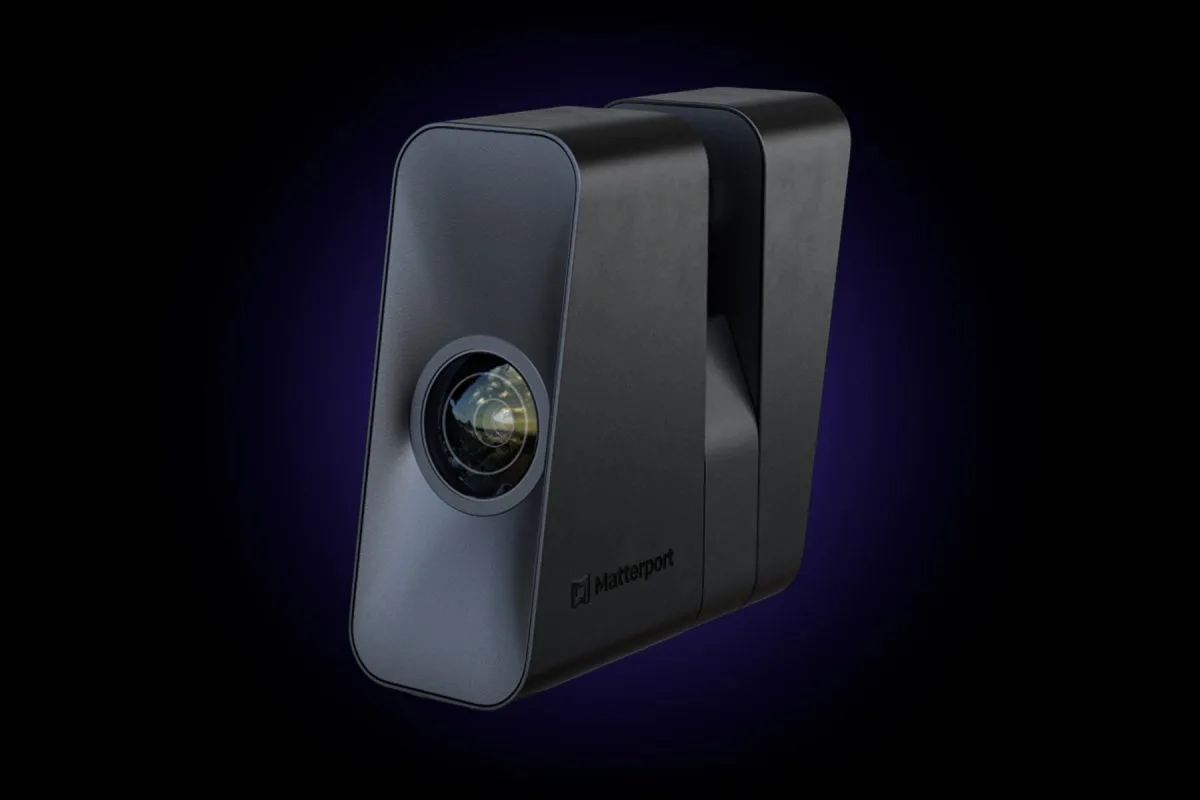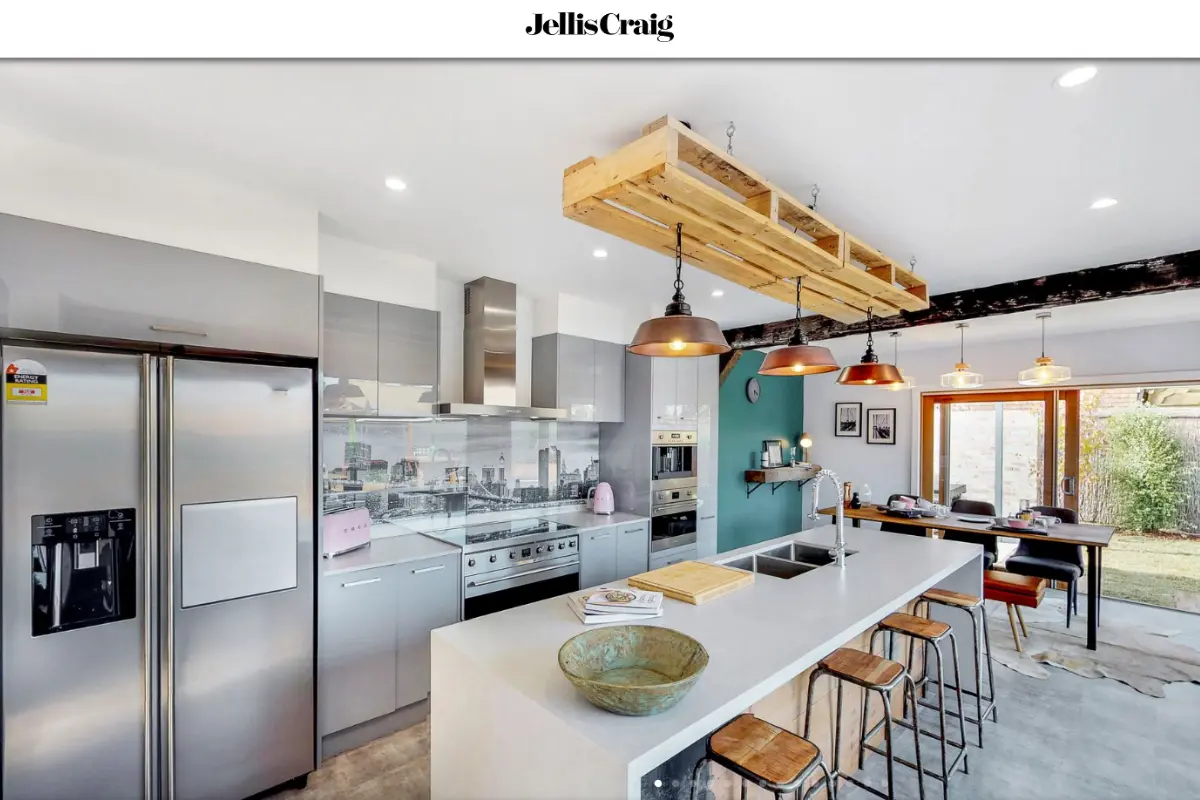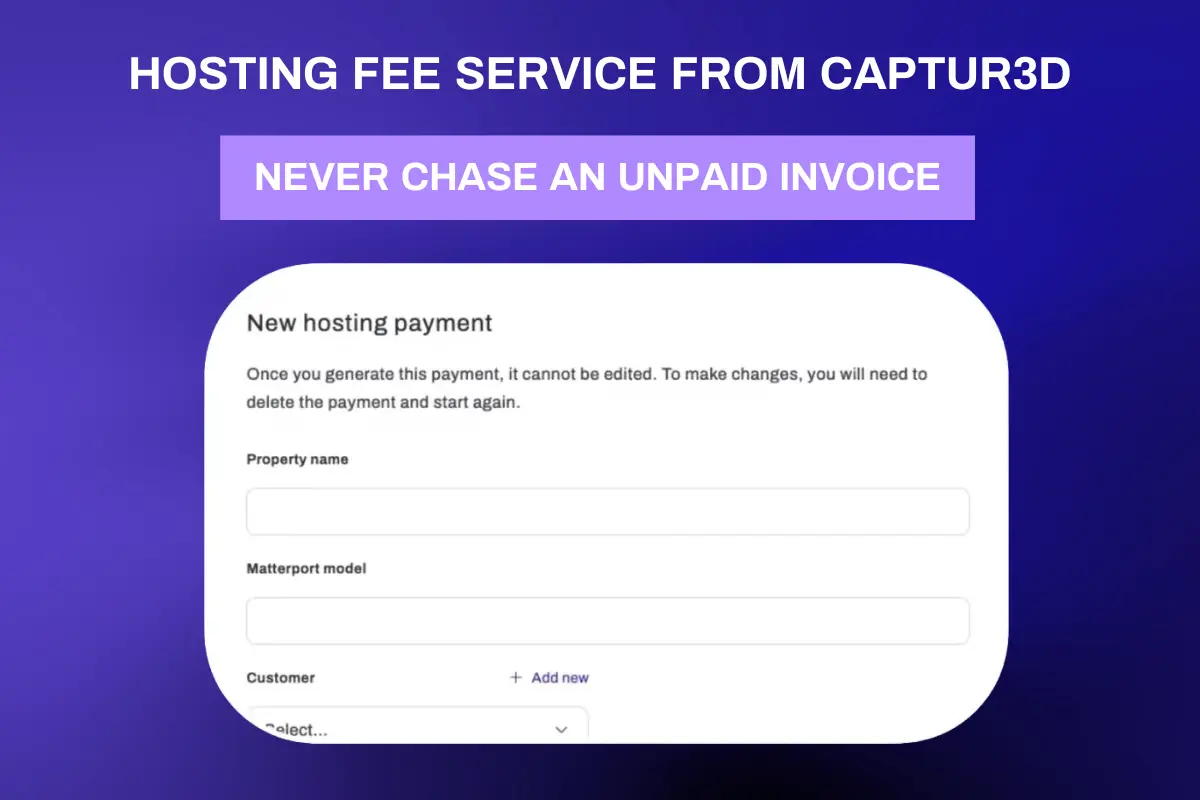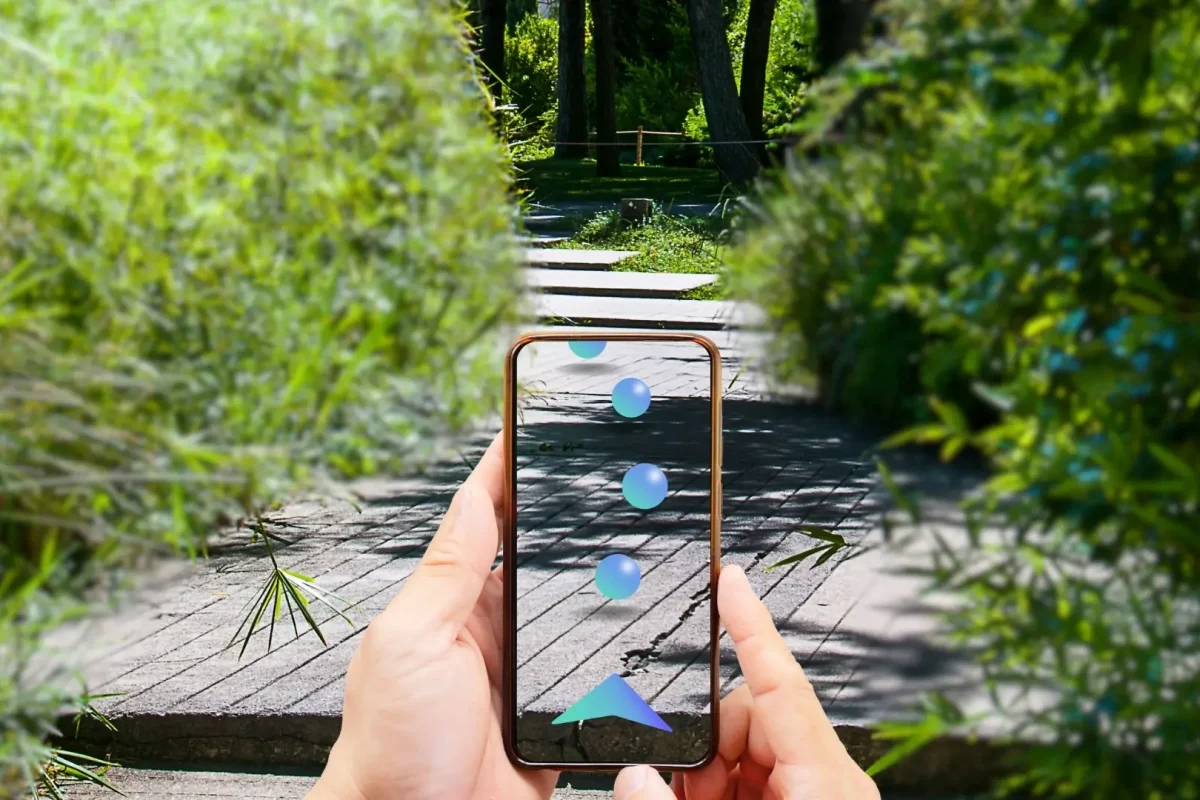In the ever-evolving landscape of real estate marketing, virtual tours have emerged as a game-changing tool that revolutionises the way properties are showcased. Gone are the days of relying solely on static images and descriptions to gain buyers’ attention. In this article, we’ll take a look at the advantages of real estate virtual tours and explore how they go beyond traditional marketing methods to create immersive and engaging experiences for buyers.
1. Unmatched visualisation and immersion
Real estate virtual tours allow potential buyers to step into the property from the comfort of their own homes. Through high-definition visuals and interactive environments, virtual tours provide a realistic and immersive experience that goes beyond what static images and videos can offer. Buyers can explore each room, view the property from different angles, and get a true sense of the layout and flow. This level of visualisation helps them make more informed decisions and eliminates any uncertainty that might arise from relying solely on traditional marketing materials.
2. Increased engagement and time on site
Virtual tours have proven to significantly increase engagement and time spent on property listings, in fact, users spend 52% longer browsing virtual tours than static images. Buyers are captivated by the interactive nature of virtual tours, allowing them to explore every nook and cranny of a property at their own pace.
Studies have shown that virtual tours generate up to 80% more inquiries compared to traditional listings. By holding the attention of potential buyers for longer periods, virtual tours increase the likelihood of conversions and drive higher-quality leads.
3. Convenience and reach
One of the key advantages of real estate virtual tours is the convenience they offer to both buyers and sellers. Buyers can virtually visit multiple properties without the constraints of time and location, saving valuable time and resources. For sellers, virtual tours provide a means to showcase properties to a wider audience, including out-of-town or international buyers who may not have the opportunity for physical visits. Virtual tours bridge the gap between buyers and sellers, facilitating connections and expanding market reach.
4. Transparency and trust
Virtual tours contribute to increased transparency and trust in the real estate industry. By providing a detailed view of the property, virtual tours leave no room for surprises or hidden flaws. Buyers can explore every aspect of the property, from the layout to the finishes, giving them confidence in their decision-making. This transparency builds trust, leading to smoother transactions and long-lasting relationships.
5. Differentiation and competitive edge
In a competitive real estate market, virtual tours provide a powerful differentiator for agents and sellers. By offering immersive and interactive experiences, agents can set themselves apart from the competition and showcase their listings in a more engaging and memorable way. Virtual tours create a lasting impression on potential buyers, helping agents stand out and leave a lasting impact.
Beyond real estate
Commercial real estate, architecture, interior design, hospitality, and education are just a few examples of other industries that can leverage virtual tours to showcase their spaces and services. Virtual tours provide a versatile and effective marketing tool for various businesses, enabling them to engage their target audiences and drive growth.
Real estate virtual tours have transformed the way properties are marketed and experienced. With their unmatched visualisation, increased engagement, convenience, transparency, and competitive edge, virtual tours have become an essential tool for agents, sellers, and buyers.
Ready to elevate your real estate marketing? Sign up to CAPTUR3D today and discover how virtual tours can transform your business. Every new sign up gets a 30 day free trial and 75 credits to try CAPTUR3D services.


